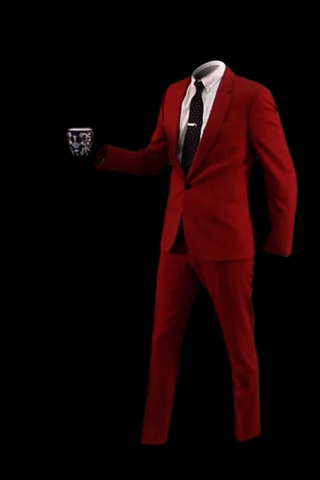
Even with e-commerce skyrocketing, many shoppers still choose to make purchases in the store rather than online. PwC’s annual consumer survey notes that nearly 40 percent of consumers buy in a store at least once a week versus only 27 percent who buy online. And design plays a huge role in that decision. Not just because it lures people through the door, but also because it inspires them to pull out their wallets.
So how can you create a truly standout look in your stores? There’s no question that today’s shoppers want to be wowed. Tech-savvy and design-smart, they’re looking for interactive and visually appealing experiences that jolt them out of the day-to-day. Retailers are upping their game in response, delivering hi-tech touchscreens, augmented-reality displays and spaces designed to calm busy customers. Hands down, some of the smartest and most inventive designs we’ve ever seen.
Below, we’ll take you through some of the top trends, give you a peek inside our faves and suggest how you can put them to work for you.
THE CALMING EFFECT
Serene spaces relax customers and let products pop
Serene spaces relax customers and let products pop
Today’s shoppers are pooped. Minimalistic design schemes offer a much-needed respite from their busy lives while allowing products to take center stage. Neutral colors and natural textures turn spaces into soothing havens where shoppers can leisurely browse — and hopefully buy. Borrowing tips from top beauty and wellness brands, retailers can create minimal spaces that still feel friendly and inviting. Skin-care company Kiehl’s mixes industrial elements (cement and brick) with premium accents (marble) to create warm, organized spaces that reflect various aspects of the brand’s personality; while luxury skin-care line Aesop uses sustainably sourced wood in stores to echo its product packaging and plant-based ingredients.
GO DIGITAL OR GO HOME
Technology connects retailers with consumers in a powerful way
As the lines between online and offline continue to blur, it’s critical for forward-thinking brands to develop and implement digital strategies in their brick-and-mortar locations. Brands like Home Depot, Burberry and Harrods have transformed their spaces with inventive offerings, including: customer tablets for easy product browsing, interactive window displays, video-based ads and mobile apps that enable shoppers to complete purchases on their own.
Before funneling dollars into digital design, it’s important to assess how it will elevate the shopper experience or eliminate inconveniences. For instance, how quickly will you make your money back and will it save cash in the long run? Does it reinforce brand messaging or improve the customer experience? All good things to ask!
THE STORE AS STARSHIP
Store design goes back to the future
Many high-end fashion retailers like Louis Vuitton and Shine are opting for a futuristic look with streamlined fixtures for clothing rails, curved display cabinets and shocking stretches of white space. Shoemaker Stuart Weitzman is at the helm of the movement. Working with world-renowned architect Zaha Hadid, Weitzman created the company’s international flagship in Milan and five other stores in major cities around the world. Much like the company’s shoes, Hadid’s spaceship-like designs are fluid and playful, adorned with reflective surfaces that stand out against monotonous floors and walls.
5 store designs blowing our minds
Retailers to Watch and Why
- Ministry of Supply: The hi-tech menswear line recently set up shop in San Francisco with a few interactive touches. Thanks to a partnership with Mission Bikes, shoppers can pedal away on a bike while wearing the performance-inspired classics to test their durability.
- Google: The tech giant designed its first-ever physical location to encourage consumers to learn and play before buying. With perks like Portal (which lets shoppers “fly” around the world) and Doodle Wall (where people can spray-paint their own version of the Google logo), this shop-in-a-shop is already turning store design on its head.
- Starbucks: To combat the franchise blahs, the coffee chain recently decentralized its design efforts in an attempt to increase local relevance. Now, 18 in-house design studios around the world are giving Starbucks stores unique looks inspired by culture and community.
- Harrods: This year, the British department store celebrated Easter with an augmented-reality window display that took shoppers into the fantasy world of Fabergé. Customers combined vivid patterns and colors to “paint” the giant egg with their own artistic vision.
- Minerva Canna Group: Not only has this Albuquerque-based marijuana dispensary sharpened its own business image and space, its design has cast new light on the entire cannabis industry. Gone are the dark, dingy, hippie-havens of the past; replaced with sleek, friendly spaces that appeal to the modern cannabis customer.
To view the original article please visit: Retail Customer Experience


























